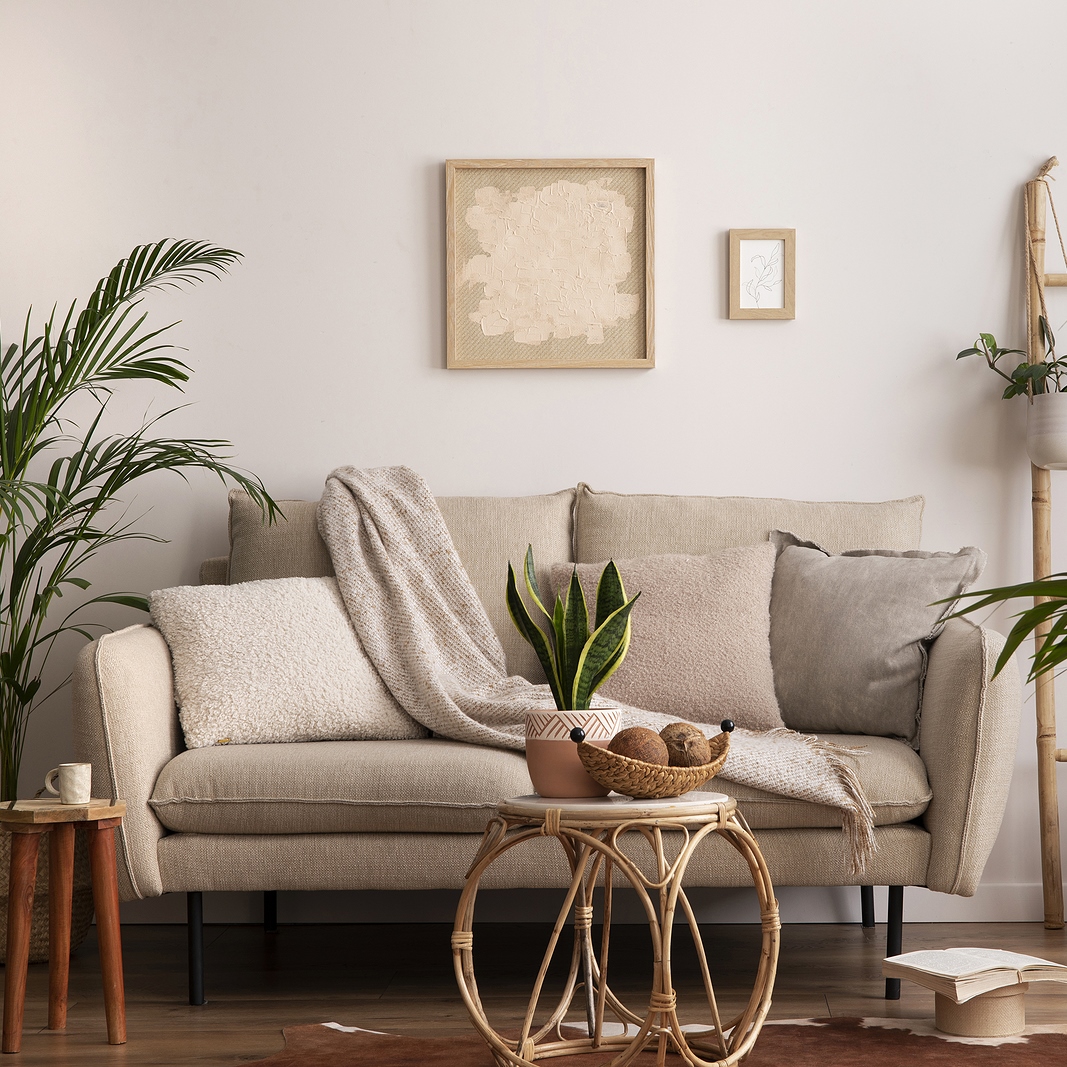The world around us is painted with a myriad of colors and embraced by countless textures. Together, they create an intricate tapestry that impacts our emotions, perceptions, and decisions on a daily basis. The ability to understand and harness this power can be pivotal in both personal and professional settings. Moreover, it serves as a guiding light for Interior Design Movers, individuals who are reshaping the domain of interior design with a keen awareness of these elements.
Setting the Stage: What's in a Room?
Every room tells a story. To craft the perfect narrative, envision the final picture. How do you want to feel in this space? Relaxed? Energized? Inspired? Let this imagined sensation be the compass guiding your design choices.
Just as an orchestra requires each instrument to play in harmony, every element of a room, from the rug to the ceiling fan, should synchronize to create a melodious ambiance. Consider how each piece interacts with its neighbors, and strive for cohesion in both function and aesthetics.
More Than Meets the Eye: The Power of Colors and Textures
Dancing to the Same Tune: Picking Colors that Resonate with Your Personality
Colors are sensory stimulation in more ways than one. They determine cultural settings while also evoking sentiments and memories. It's not only about style when you pick colors that reflect your character. Some things to think about are as follows:
- Self-reflection: Know yourself as a starting point. Do you like to reflect quietly or to jump about enthusiastically? These qualities may be represented by a particular color.
- Mood boards: Gather items, pictures, and patterns that spark your interest. A person's color selections may reveal something about their personality over time.
- Color psychology: Learn the typical responses that people have when they see certain colors. For example, the color blue is commonly associated with tranquility and trust, whereas the color red is commonly associated with vigor and excitement.
- Experiment: Don't be hesitant to mix and match colors in your attire, interior design, and office decor. You might find some unexpected connections.
A Touch of Grace: The Tactile Story Told by Different Materials and Textures
Our fingertips can read the stories that textures reveal. The mood and vibe of a room may be altered by the materials used to decorate it. Use them effectively by following these steps:
- Awareness: The first step is to start paying closer attention to the textures in your environment. Every surface, from the smoothness of your sheets to the roughness of a brick wall, tells a story all its own.
- Material implications: Different materials have different implications. For example, silk and velvet often suggest luxury, while rough, untreated wood can feel rustic and grounded.
- Mix and match: One of the keys to a dynamic space is contrasting textures. Pair soft with hard, rough with smooth. This creates a balance and adds depth to any environment.
- Functionality: Beyond aesthetics, consider the functional aspects of materials. For instance, leather is durable and ages gracefully, while marble is cool to the touch and excellent for certain surfaces like kitchen countertops.
Furniture Fables: Finding Pieces That Tell Your Story
Furniture is both functional and symbolic. It's not merely about comfort; it's about conversation. Each piece should echo your story, whether it's a family heirloom armchair or a modern table embodying your forward-thinking spirit.
Antiques hold tales of bygone eras. By incorporating them into modern interiors, you bridge generations and introduce a rich tapestry of history. These pieces often become conversation starters, making your home both personal and universally appealing.
Lighting the Way: Luminosity and Its Subtle Nuances
There are three primary layers of lighting: ambient, task, and accent. Ambient light sets the room's tone, task lighting aids specific functions, and accent lights highlight features. Like a three-course meal, each layer complements the others, offering a balanced, satisfying experience.
Humans are intrinsically linked to nature's rhythm. By emulating natural light patterns, from the soft morning glow to twilight's gentle embrace, interiors can harmonize with our biological clocks, promoting well-being and comfort.
Accessorizing with Intent: It's the Little Things That Count
Accessories are the finishing touches that elevate a design. Like jewelry completing an outfit, the right decor pieces — be it a vase, cushion, or art piece — can amplify a room's charm.
A stitch in time: How to choose timeless accents that save redesign efforts later
While trends come and go, certain elements withstand the test of time. When selecting accessories:
- opt for classic designs over fleeting fads;
- prioritize quality, as well-crafted items age gracefully;
- choose versatile pieces that can adapt to evolving aesthetics.
Space Odyssey: Mastering the Art of Space Utilization
Harmony in design considers both community and solitude. While open spaces foster gatherings and camaraderie, tucked-away nooks offer refuge for introspection and relaxation.
Under-the-stair storage, window seats, and built-in shelves can turn dormant spaces into functional gems. These areas, often ignored, can inject creativity and utility into a design, maximizing every inch of a home.
Maintaining Your Sanctuary Over Time
Invest in quality materials that mature beautifully. Schedule regular maintenance. Adapt to the changing needs of household members. As you evolve, so should your space, reflecting your journey and nurturing you at every step.
In conclusion, crafting a harmonious interior isn't just about aesthetics; it's about creating a living, breathing space that resonates with who you are and who you aspire to be. With intent, reflection, and a touch of creativity, any room can become a sanctuary of peace and expression.
